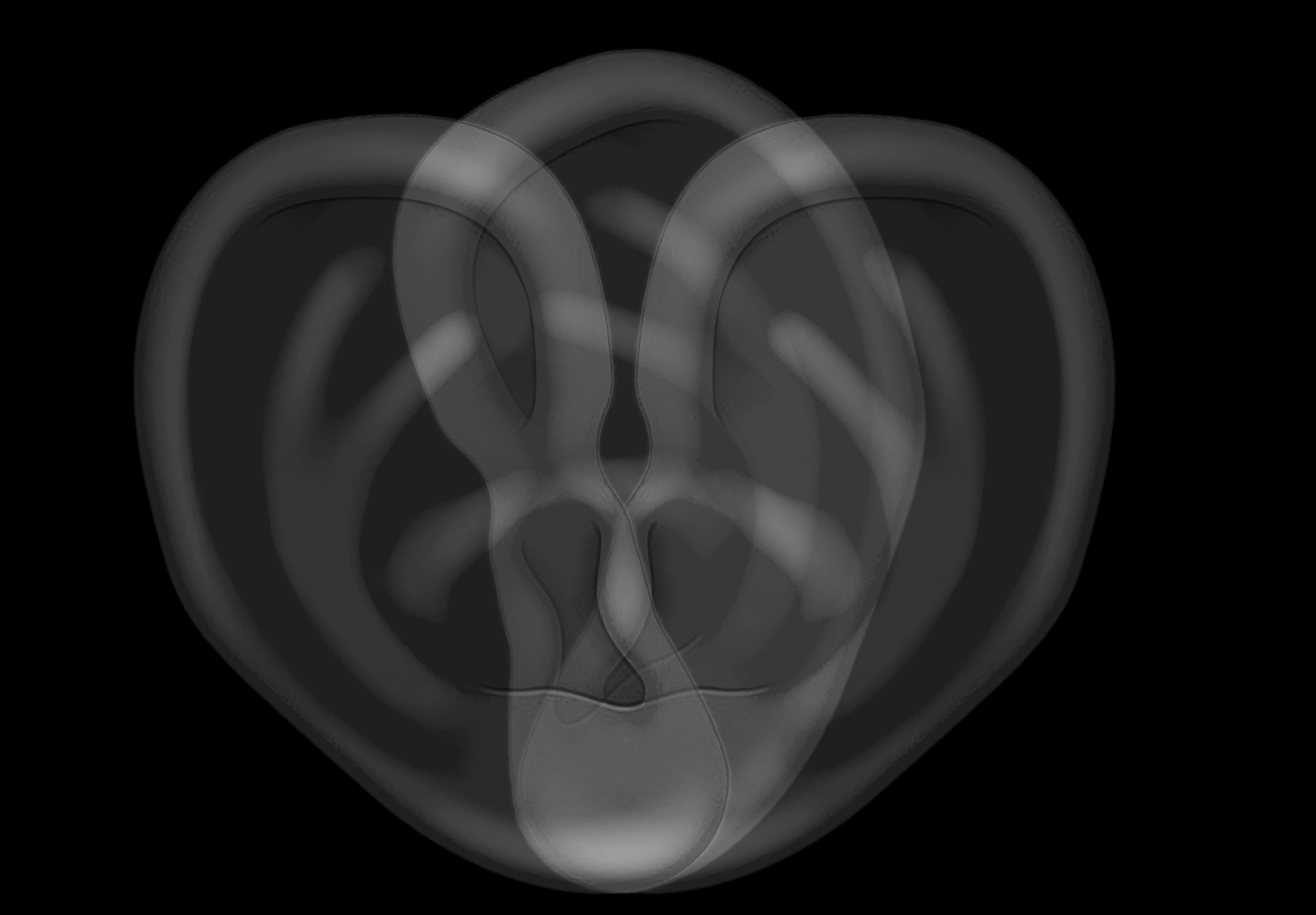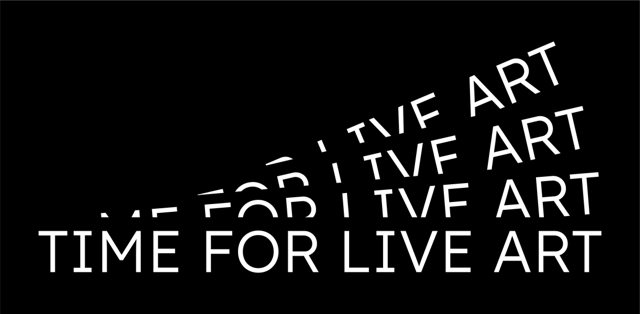performance / Lučka Centa
Premiere
About the Performance
When it comes to body perception, humans rely heavily on sight, which is why this plays an important role in building relationships with others. Appearance plays a special role in society, as people who are identified as attractive often receive more attention and opportunities. This view is so entrenched in society that it affects our ability to empathize with our fellow human beings and recognize others as sentient beings.
It is only once one is deprived of sight, that one begins to perceive the environment and others through other senses. So, what happens when we can no longer see the body? What kind of relationship does the audience establish with a person just by hearing him? In the performance To Sense a Body, Lučka Centa performs in front of a blindfolded audience. Gradually, she begins to develop sounds with her body and through movement brings the body to the point where it can no longer physically handle it.

About the Artist
Lučka Centa (1996) is an intermedia artist who lives and works in Ljubljana, Slovenia. In 2021 she received her Bachelor’s degree in Fine Arts from the Complutense University of Madrid, under the supervision of Catalina Ruiz Mollá. She is currently enrolled in the second year of the Master’s programme in Sculpture at the Academy of Fine Arts and Design at the University of Ljubljana under the supervision of Tomaž Furlan and Maja Smrekar. Her artistic practice focuses on human impact on nature, our dependence on the natural world and the interconnectedness between the various parts and forms of life. Working primarily in installation, performance, video and photography, she is currently focusing on developing a methodology for materializing her work with the body. She works with the idea that the body is both a natural and a social object, which allows it to function as a bridge between the two spheres. She is also interested in the perception of subjectivity, our definition of life and death, and our response to death, vulnerability and temporality of the body.
About the project Time for Live Art
The performance is part of the project ”Time For Live Art”, gathering Studio Thor / Trouble Festival (BE), Glej / Performance Festival (SI), New Performance Turku (FI) and MIR Festival (GR), supported by the Creative Europe program of the European Union.
'Time For Live Art' sees four human-sized live art festivals join forces to underline the resilience of the live art sector, in a contemporary world suffering from ecological and health wounds. These festivals believe that gathering around a live event has never been so precious and necessary, though our current conditions urge us to do it in a different way. With this in mind, the partners address and answer to questions of 'time' in the creation, presentation and circulation of live artworks: time given to relate the creation to a context, time to experience the artwork, time for mediation around the presentation, time taken for the travel of the artist and time to develop the memory of the audience.
Starting with a reflection retreat with 4 curators, 4 artists and 2 mentors to root the project in an in-depth common thought, it is followed by a sharing of ideas in a broader context, for three online radio conferences, comparing experiences in a worldwide perspective. Soon after starts the project 'What Time Is It?', which follows the 4 artists traveling slowly from one city to another. Their experience of the travel becomes the material for artistic work produced on the way. It also leads to 4 participative creations in the cities where they travel to. Along the project, each of the 4 festivals, though maintaining their distinctive artistic identity, share and implement in their programs values central to the project: time given to the “before and after'' of each artwork; economy of means, but dedicated time given to each art experience; time to share knowledge and skills through professional workshops; time to care for and to take care of the audience, and common positions about gender, love and origin equity. After the 4 festivals, the next step looks at the future: it associates a platform for younger European performers, and a professional gathering to open sustainable perspectives. A final publication brings together the memories of the different steps.





v okviru festivala Neskončna sedanjost / 30min